Home > Blog > Lifestyle
Pinoy-Style Halloween
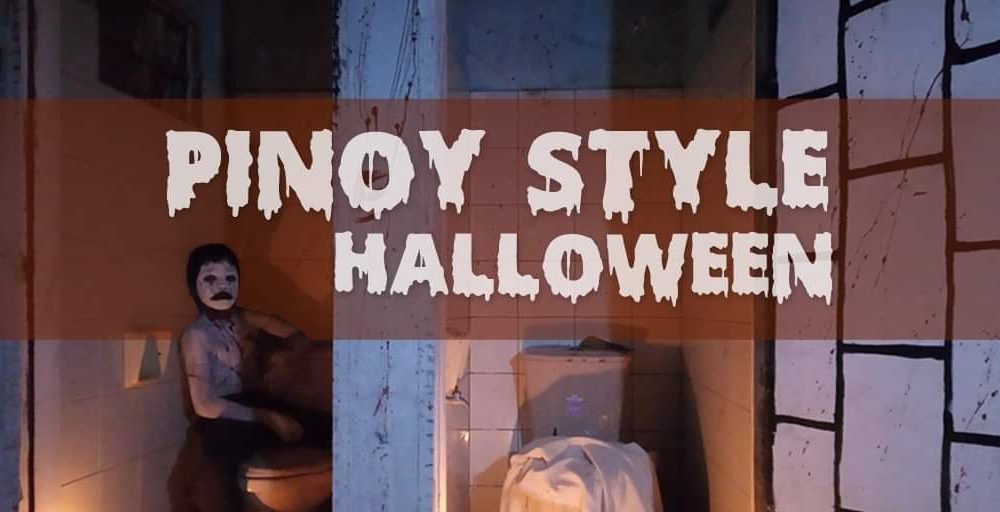
This year’s Todos los Santos will be celebrated differently in light of the pandemic. From October 29 to November 5, cemeteries, columbaries and memorial parks are closed as a safety measure against COVID-19. But aside from visiting their dead outside these dates, Filipinos can still continue a semblance of tradition by lighting virtual candles for their loved ones through a website initiated by the Catholic Bishops Conference of the Philippines (CBCP).
A precursor to All Saints’ and All Souls’ Days is Halloween which, will now, be ideally spent at home. In Metro Manila, Western influences are strong with people holding costume parties, and trick-or-treating for kids in neighborhoods, malls, hotels and even in their parents’ offices.
A Brief History of Halloween
But what really is Halloween and how has it evolved into the colorful, festive celebration we know of today?
This tradition is rooted in the culture of Celts, who mostly lived in Ireland, the United Kingdom and northern France 2,000 years ago. Back then, the Celts donned costumes and lit bonfires to protect themselves from spirits. They believed that on the last day of October, the dead were free to roam the earth before they returned to their rightful place in the other dimension.
The Halloween we are currently familiar with is a mix of beliefs and customs of American Indians and ethnic groups from Europe. Halloween became especially popular during the latter part of the 19th century when millions of Irish immigrated to America.
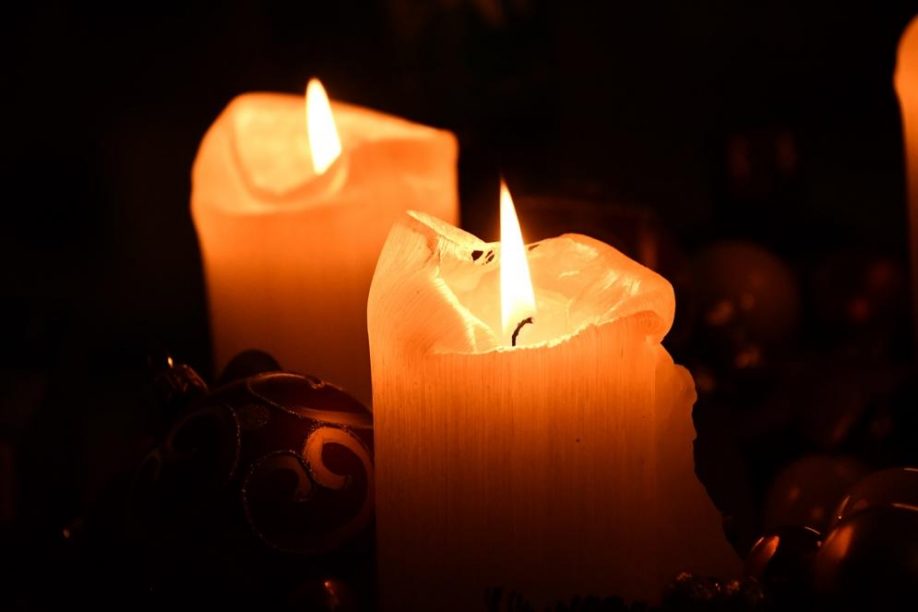 Photo by Matej Novosad from Pexels
Photo by Matej Novosad from Pexels
Undas Culture
For us Filipinos, Halloween is merely party of a more solid tradition called Undas which, many speculate, is derived from the Spanish word honra meaning respect. From October 31 to November 2, we honor the dead in major ways.
Many travel to the provinces to visit the graves of their deceased. In cemeteries, visitors pitch tents even before October 31 to spend the night—or several nights. Memorial parks become venues for family reunions with potluck food. Some practice pag-aatang or offering food to the dead by placing it on their graves. Meanwhile, those at home light candles on doorsteps in the belief that these will guide lost souls toward the light of the after-life.
Pangangaluwa
If the West has its trick-or-treating, we have our own custom called pangangaluwa (souling). The original practice involves elders, who upon returning from the cemeteries on the evening of November 1, would wear white blankets to represent the spirits. When midnight struck, they would go from house to house, singing traditional songs and appealing for donations and prayers for the departed souls. Their eerie costumes and voices in the dark made for a hair-raising experience.
Sariaya in Quezon has revived pangangaluwa, a project initiated by the Sariaya Tourism Council (STC) in 2005 to raise funds for the town’s Belen Festival during Christmas. From October 27 to 30, young people dressed in ghoulish costumes visit neighborhoods. Like Christmas carolers, they serenade residents, who have been informed beforehand of the visit and solicitation of funds.
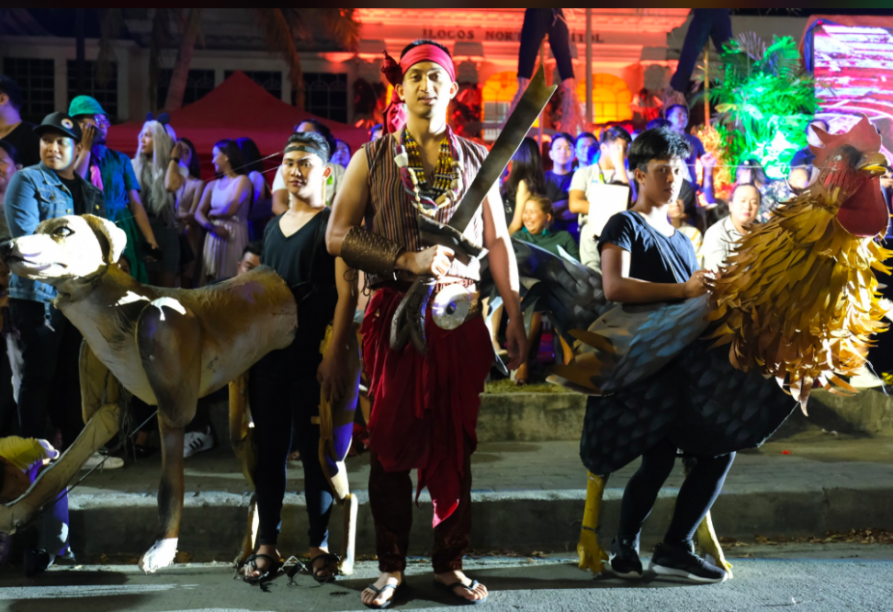 A scene from Biag ni Lam-an at the 2019 Semana ti Ar-Aria Festival (photo from the festival’s FB page)
A scene from Biag ni Lam-an at the 2019 Semana ti Ar-Aria Festival (photo from the festival’s FB page)
Semana ti Ar-aria Festival
In Ilocos Norte, the Semana ti Ar-Aria Festival is a weeklong celebration that attracts tourists from neighboring provinces and Manila. Ar-aria is Ilocano for ghost; but the festival does more than remembering the dead, it also involves art-related contests and activities. This is because events are tied up with the birth anniversary of political activist and renowned painter Juan Luna, who was born in Ilocos on October 23, 1857.
On its 9th year last 2019, Semana ti Ar-Aria highlighted Ilocano folklore, such as Biag ni Lam-ang (The Life of Lam-ang), an epic poem about an extraordinary warrior who is aided by magic during his quest for his father. The celebration’s highlights also included the Taray Ar-Aria (zombie run), trick-or-treating and street dancing.
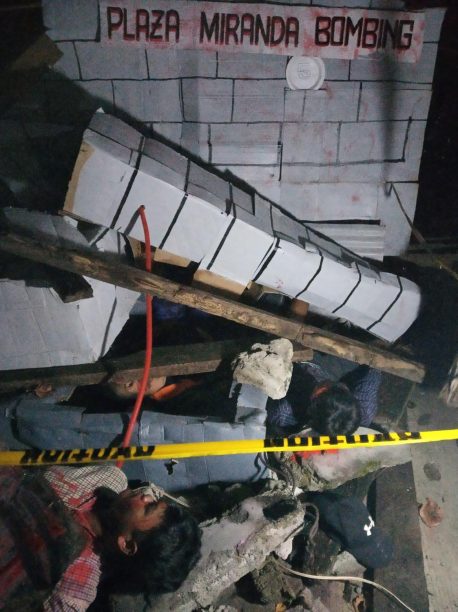 San Antonio locals depict the Plaza Miranda Bombing in 1971, which killed 9 and wounded around 95 people, including senators. (photo by Jazel Kristin)
San Antonio locals depict the Plaza Miranda Bombing in 1971, which killed 9 and wounded around 95 people, including senators. (photo by Jazel Kristin)
Tumba-Tumba Competition
During Undas, San Antonio in Zambales becomes a macabre-looking neighborhood as residents dress up street corners to depict death scenes in time for the annual Tumba-Tumba Competition.
Tumba, Spanish for tomb, originally referred to shrines for the dead, peppered with flowers, candles, and images of saints. But with the Tumba-Tumba Competition, the tombs have evolved into homes converted into horror houses, sometimes complemented by dancing zombies and scary creatures perching on trees.
Jazel Kristin, who was once a judge of the competition gives us an idea of how grand the displays can get. “I’m always impressed by the effort that the community puts into them. They show the creative spirit of the Zambaleños in their depiction of everything, from horror movie characters to indigenous mythological creatures. They show familiar scenarios like capsized tourist boats, and political issues like the Ampatuan Massacre, Plaza Miranda Bombing, ISIS and the drug war.”
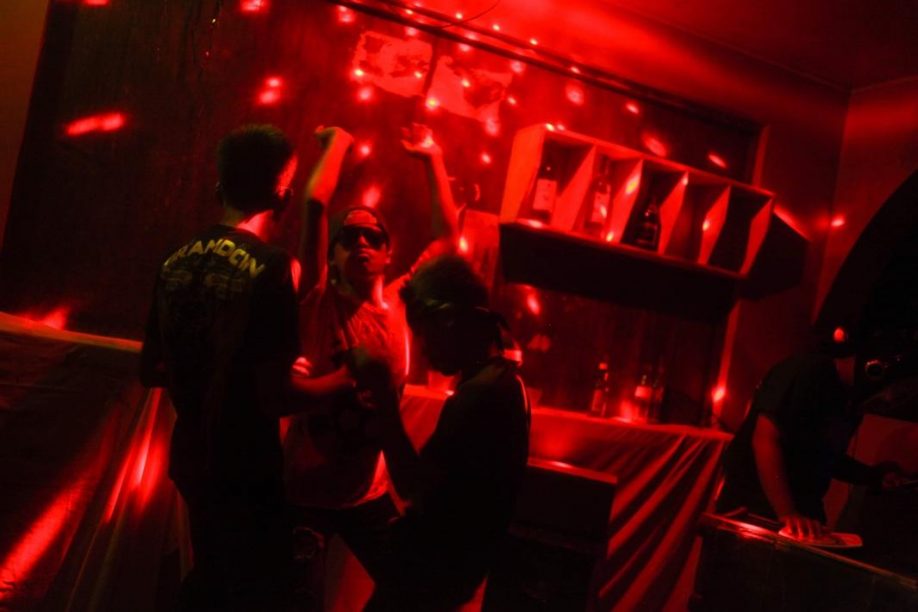 Locals re-enact the 1996 Ozone Disco Fire rendition before the tragedy. (photo by Geric Cruz)
Locals re-enact the 1996 Ozone Disco Fire rendition before the tragedy. (photo by Geric Cruz)
Jazel’s criteria for judging includes originality, creativity and effectiveness of storytelling driven by production design, involving sound, music, make up, costumes and props. “It’s a long night with people going in and out of the tumbas. So the actors always have to be in character to make their world believable.” For Jazel, the most memorable tumba she has seen is the recreation of the Ozone Disco Tragedy, acknowledged as Philippine history’s worst fire, which killed at least 162 people in 1996. “There was this house playing some music, a mirror ball hanging on the ceiling and under it were teenagers dancing, all covered in colorful strobe lights. When we returned the next day of judging, we saw all of them lying on the floor—a recreation of the Ozone tragedy. Simple execution but effective storytelling.”
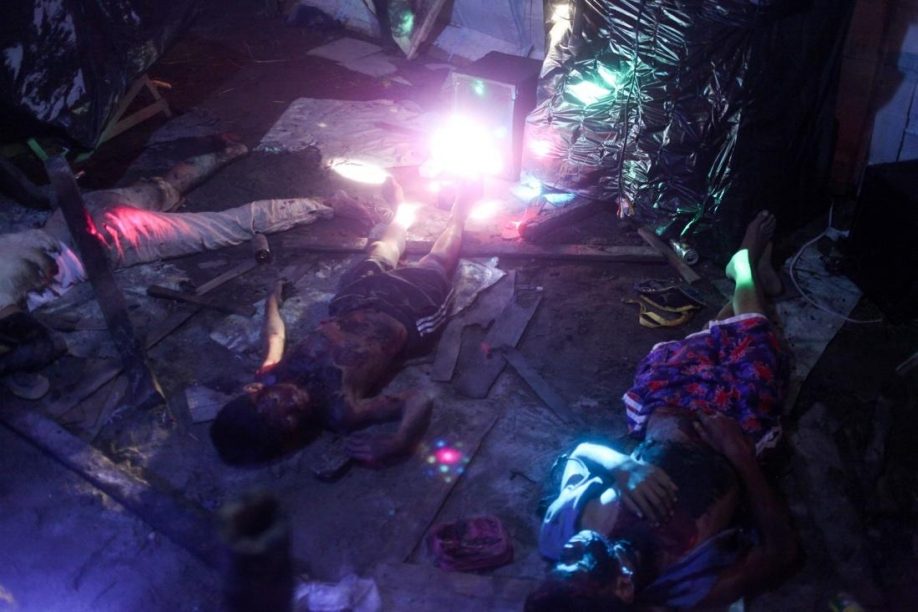 Locals re-enacting Ozone Disco after fire (photo by Geric Cruz)
Locals re-enacting Ozone Disco after fire (photo by Geric Cruz)
Jazel considers the Tumba-Tumba competition as a creative way to bring the community together. “It gives people something to look forward to. It also gives us a peek into how certain events affected themm and how they use this tradition to shed light on tragedies and disasters, reminding people that yes, they did happen.”
With COVID-19 still rampaging across the globe, death has become a daily update in the news. But with these local customs, we see an underlying endeavor to better understand death, to see its many faces, and perhaps, come to terms with its true nature—about how death really is not the opposite of life, but an inevitable part of it.

